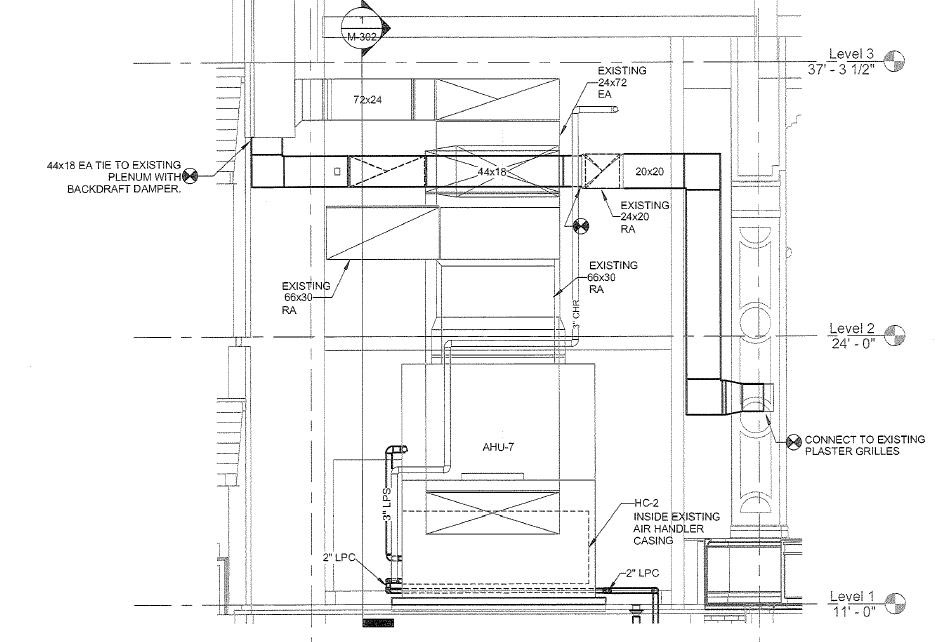

However, those individuals who do require hospitalization will likely require longer stays for complex surgeries or other critical care services, such as trauma care, that we provide. Low acuity care in the inpatient arena will virtually disappear over the next decade.

“In the not-too-distant future, fewer people per capita will need to be hospitalized, due to evolving health technologies, same-day surgeries, telehealth visits and being able to remotely monitor a patient’s vital signs. “While there is an overall reduction in the need for hospital beds across the region, we are uniquely planning for more beds,” said David Lubarsky, CEO of UC Davis Health.
As built drawing services sacramento ca full#
“We’re re-envisioning our role as a traditional health provider to one that encompasses the full context of health equity.” A greater number of rooms would be acuity-adaptable, meaning they are designed so they can be used as ICU rooms should a surge in critical cases arise, as during the current pandemic. But the square footage of the hospital will nearly double to accommodate a greater number of private rooms, which are known to produce better outcomes in terms of recovery and healing, and to reduce infection transmission. When completed, the expanded hospital will contain 700 licensed beds, up from 625 today.

“We will build on the partnerships emerging at Aggie Square with our city leadership and our neighbors,” said Hendry Ton, UC Davis associate vice chancellor for health equity, diversity and inclusion. UC Davis plans to conduct similar outreach as part of the planning for the new addition, including the creation of an advisory committee comprised of neighborhood representatives. The agreement will outline the commitments of UC Davis, Wexford and the City to provide jobs, job training, affordable housing, better transportation options and youth education. (PDF)įor the Aggie Square project, UC Davis and developer Wexford Science + Technology are in the final stages of negotiating an extensive agreement detailing the Community Benefits Partnership with the City of Sacramento that will spell out the ways that construction and operation of the $1.1 billion district will help people in the nearby communities. The ‘California Tower’ project is part of UC Davis Health’s mission as an anchor institution to serve the community and region. UC Davis plans to solicit extensive community input on the planned California Tower, including surrounding open space areas and opportunities for neighborhood connectivity with the campus, through a university-led outreach process modeled on the one the City of Sacramento and UC Davis are jointly conducting for Aggie Square, the innovation district that the university is planning for the Sacramento campus in partnership with the City. Planning and design for the $3.75 billion project is expected to take three years, with early construction efforts starting in late 2021 and detailed design phases continuing through 2023. The preliminary plan calls for a new 16-story hospital building and five-story pavilion that would replace existing patient care facilities that must be demolished or decommissioned to meet state earthquake safety mandates. UC Davis Health today said it has launched the planning and environmental review process for rebuilding and expanding the UC Davis Medical Center to better meet community needs and meet state seismic standards.


 0 kommentar(er)
0 kommentar(er)
